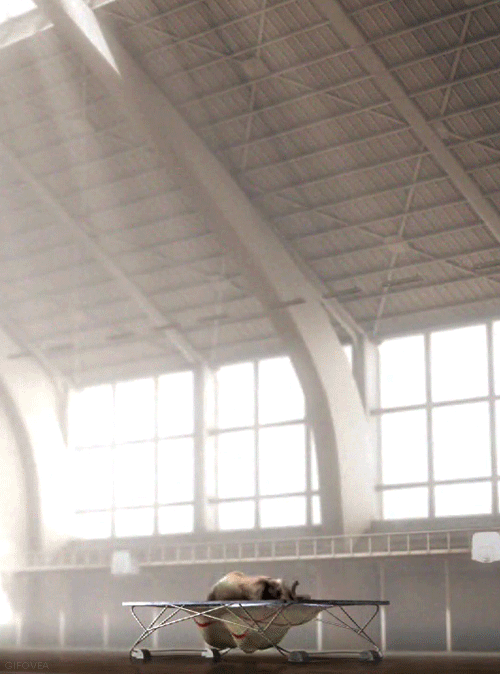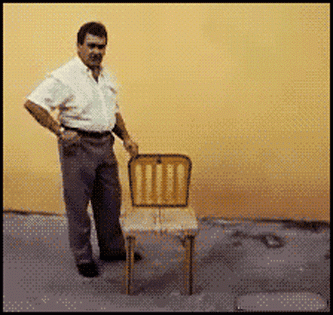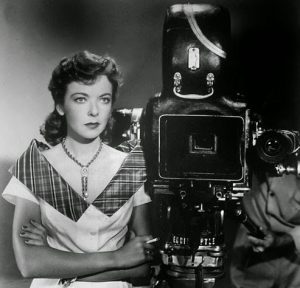After taking part as an audience member for my first live-taping of a television program, I believe I can definitively say that it’s an absolutely bizarre experience.
Attending Thursday night’s taping of TBS’s “Conan” was unlike any experience I could have imagined, and not necessarily in an enjoyable way, but certainly in an interesting one. We arrived at the Warner Brothers’ facilities around 2:30 P.M., where we were ushered onto the second level of a parking garage. At this point, we went through three security/check-in stations, from the boiler-plate metal detector, to a station where we were given “invisible” stamps that had to be specifically on the underside of our left wrists for some unknown reason, and finally, we presented our tickets and were given a plastic, numbered card. From that point, we spent roughly a half hour on some metal benches in the middle of an enclosed portion of the parking garage, simply waiting.
Around 3:00, maybe 3:15, they started calling numbers out and lining us up like we were boarding an airplane, at which point we walked out of the parking garage and across the street to the actual Warner Brothers lot. After standing underneath awnings with twisting barriers that caused some serious flashbacks to amusement park lines, we were finally cleared to walk from the edge of the lot into the heart of the various studios, being ushered along by countless security members, until we finally got to Conan’s studio and were led to our seats.
Once in our seats, the truly surreal aspect of the experience began. Around 4:00, an individual who could only be described as Conan’s hype-man began manufacturing applause from the audience members, calling out the over and under-enthusiastic in attendance, and explaining the “rules” of being in the audience. This man was like a wacky flight attendant, the way he wove stand-up comedy, audience participation, and instructions in such a rapid-fire manner. Soon, the Basic Cable Band came onto the stage and began performing, and the audience, as instructed previously, stood up and clapped along. Then, finally, Conan came onto the stage to raucous applause.
And then, the show’s star basically said, “Sike, we’re not ready to start yet, please keep waiting and clapping and cheering,” before leaving the stage again. After another couple of songs from the band, Conan reappeared and the actual taping of the show finally began.
All told, the taping of the show was basically no different than watching on television, save for the replacement of commercial breaks with a few minutes where we’d watch producers and camera operators rearrange the stage, while the talent milled about and talked amongst one another. Finally, after the show’s second guest segment was over, Conan promptly announced that the comedian scheduled to perform on Thursday’s show had already taped his segment, so our experience was over.
While watching all of this unfold was a bit strange, the most intriguing part of a live-taping definitely revolves around watching how the audience is trained to interact with the show. Throughout the taping, much of the audience clearly laughed a bit too loud and responded with more applause and cheers than Conan’s jokes probably really deserved. And yet, when a couple of the jokes really fell flat, it was fascinating to watch the audience genuinely not give the anticipated reaction. So much of a live-taping comes across as forced, manufactured, and ultimately, I don’t think I’ll be able to watch a show live-taped without thinking about how the process of taping exists to manufacture laughs and applause in real-time and subsequently hope that the response of the pre-taped audience might influence how the night’s television audience feels compelled to react themselves.
The whole thing was absurd and fake and bizarre. But I guess that could be said of most everything in Hollywood, so ¯\_(ツ)_/¯





